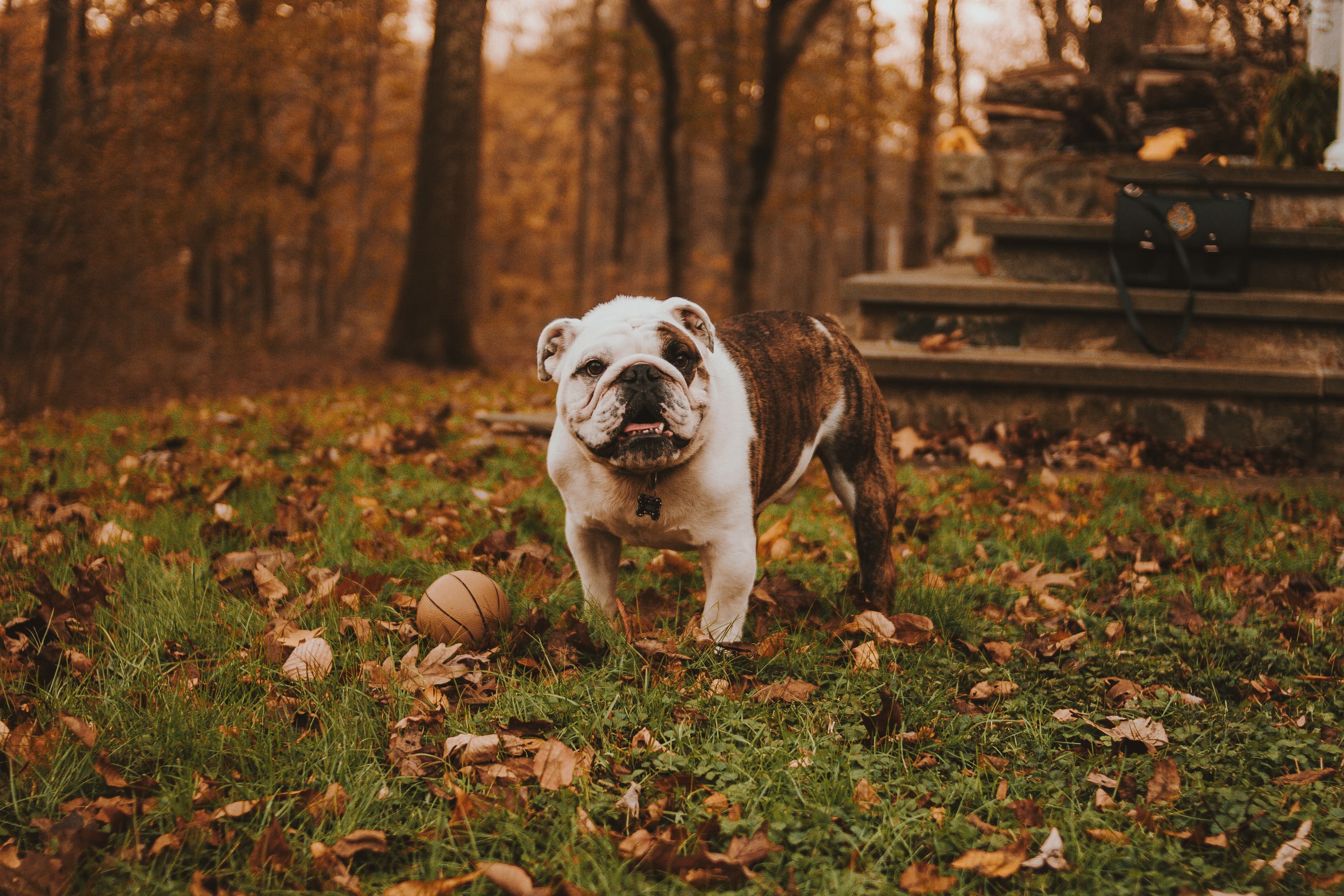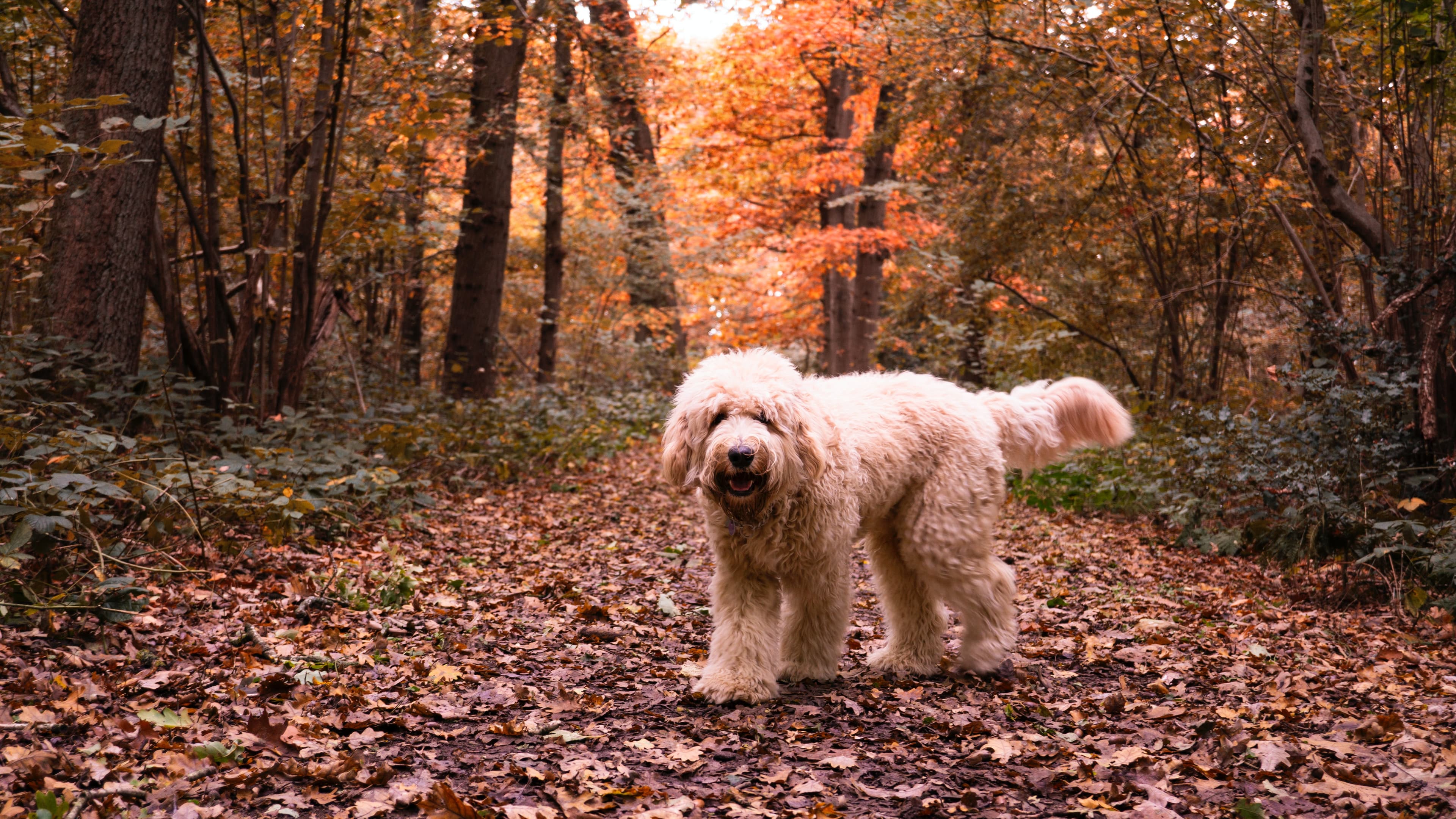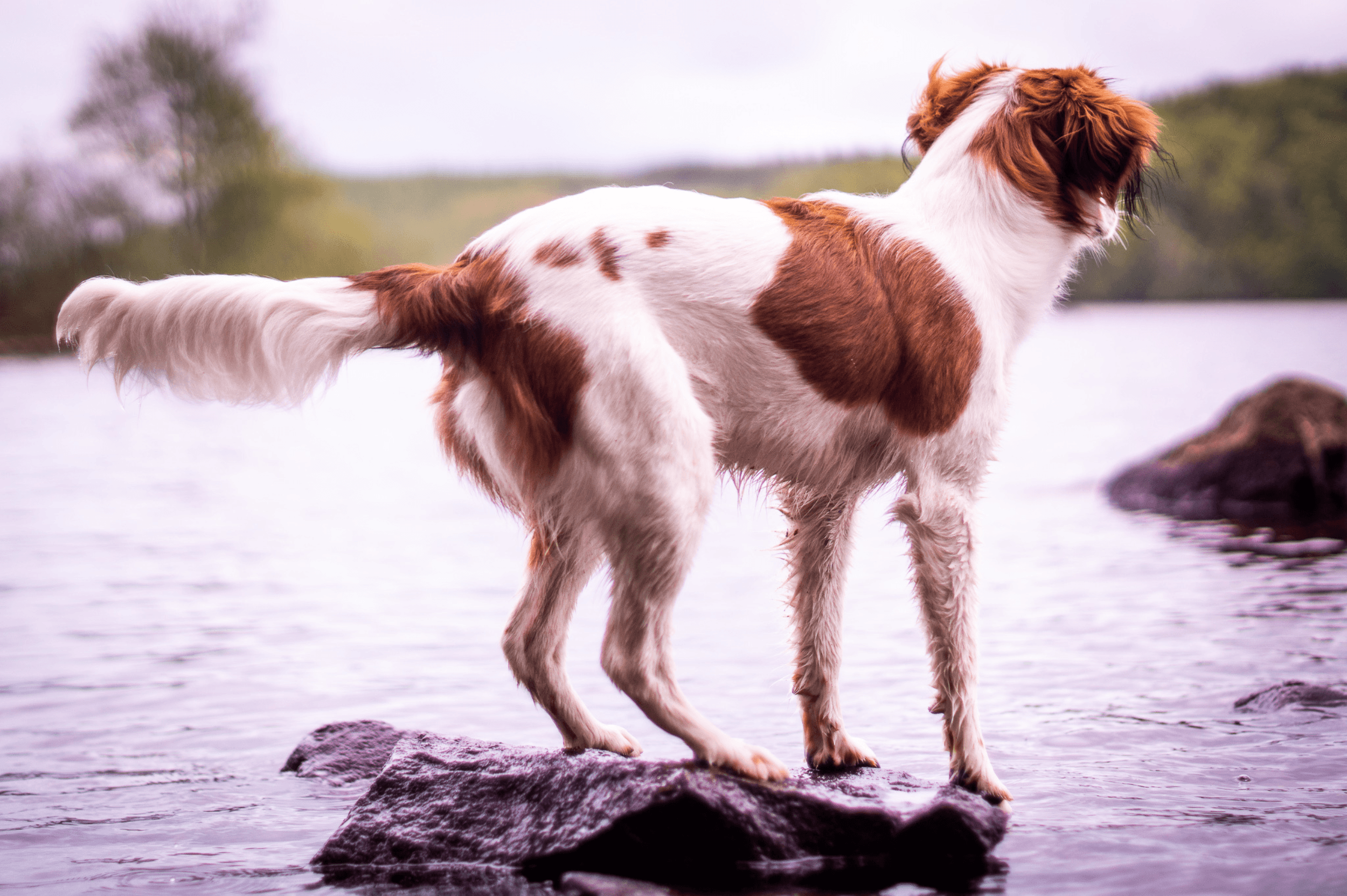How to exercise your puppy without strain
Knowing how much exercise your puppy needs can be difficult. When looking for answers to this question, you'll find that recommendations differ depending on who answers and it can be difficult to navigate through all the information. This may be because the recommendation has varied over time and is influenced by the individual's circumstances, the type of activity and the level of exercise. We would like to give you some guidelines that may be useful to follow for a growing puppy.
Walks
In the past, recommendations have been made around the "5-minute rule" that slowly steps up the walks for your puppy. However, this is something that has not been substantiated in any research. It has been seen in studies that dogs with less muscle mass are at a higher risk of hip dysplasia. In contrast, studies show that puppies and young dogs that have been allowed to move freely during their upbringing are less likely to be affected. This suggests that freedom of movement and proper exercise create the conditions for a healthier life.
Let the puppy move freely on varied and soft surfaces. It is not preferable to let the puppy run around on slippery floors and hard surfaces, but we encourage free movement outdoors and preferably on varied terrain. It is important to increase exercise gradually, to gradually strengthen the puppy's condition and muscles. The pace should be adapted to your puppy and take breaks to get a feel for its daily form.
The myth of stairs
The same study found that puppies who climbed stairs daily when they were less than 3 months old were at a higher risk of developing hip dysplasia. Recommendations have often been not to allow the puppy to climb stairs at all during the first year. However, this is much debated and many experts are now dispelling the myth. Once the puppy is able to climb stairs on its own, you can, in moderation, give it the opportunity to explore the stairs to prepare it for adult life.
Preparing for adult life
Prepare your puppy for adult dog life. In small amounts, we can prepare our puppies what their movement and life will be like. Basic exercises to prepare the body without putting too much strain on it are both fun and strengthen your relationship. For most activities, forest walks are a good recommendation. In the woods, the dog gets to move over logs and rocks which is very good for building the puppy's musculature and fitness.
Get to know your puppy
Puppies are different and show when they are tired in different ways. However, there are some general signals that indicate that the puppy needs to recover. These could be that they start to walk more slowly, sit down, can't do movements that it used to do. Then it's time for a break or to go in to let the puppy rest. Many puppies may also become overtired and continue to move and not show signs of fatigue. They are then at a higher risk of injury, making it very important to get to know your puppy and its signals.
Moderation is best
In conclusion, puppies are individuals and to give one recommendation for all is very difficult. Keep in mind that moderation is best. Moderate playtimes, moderate walks and moderate recovery - feel and get to know your puppy. Prepare it for the fun life you will have together!






